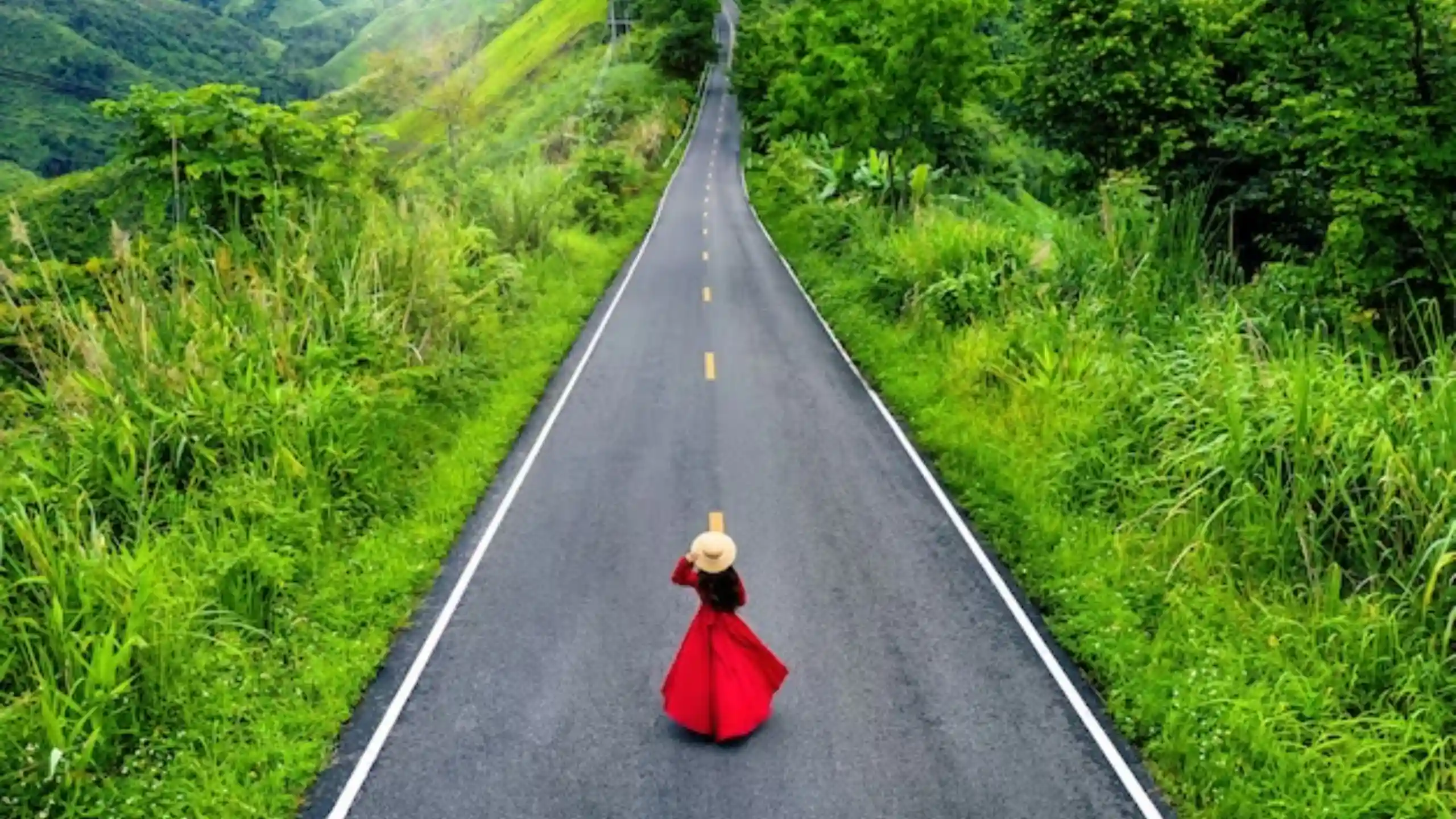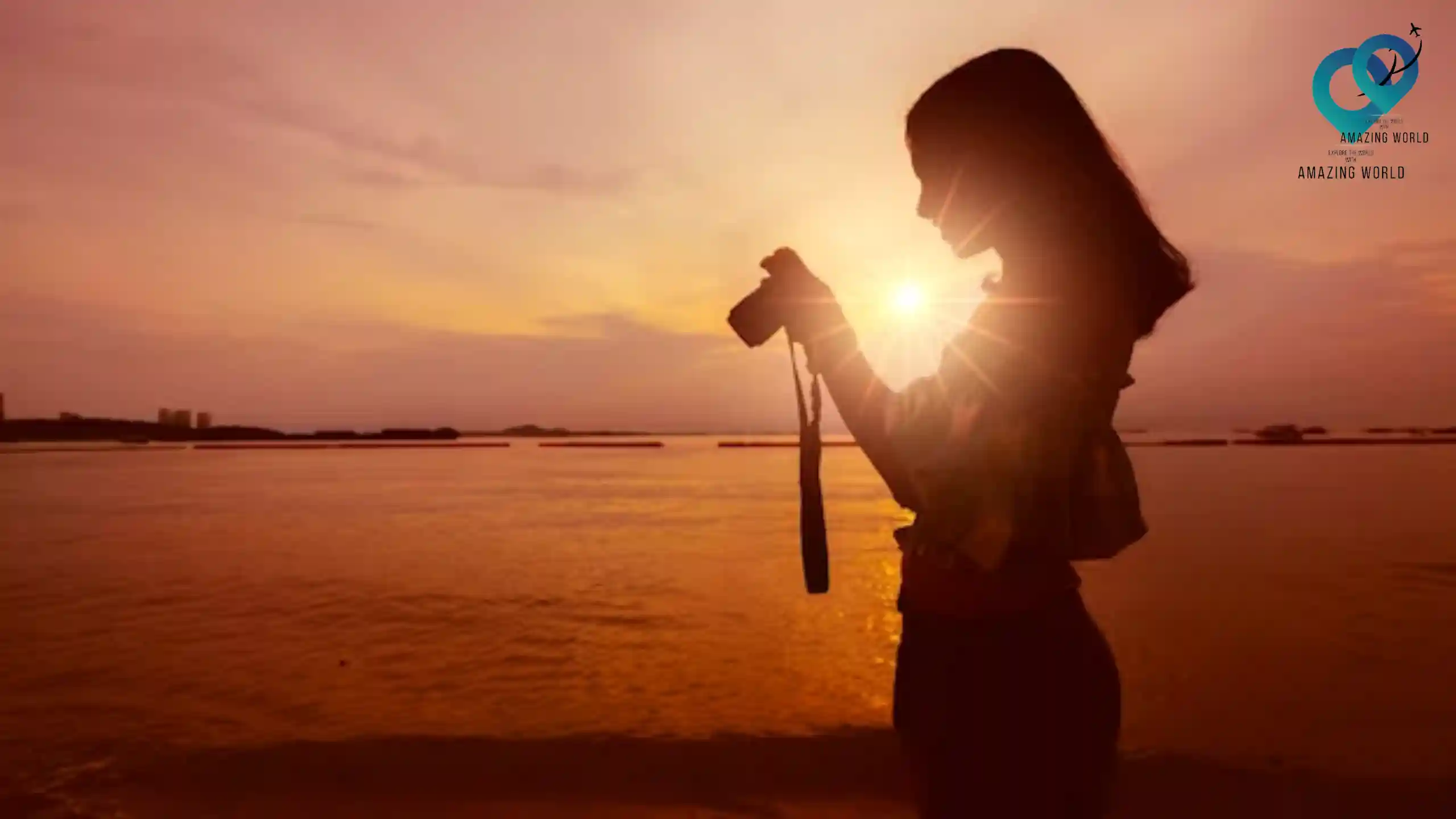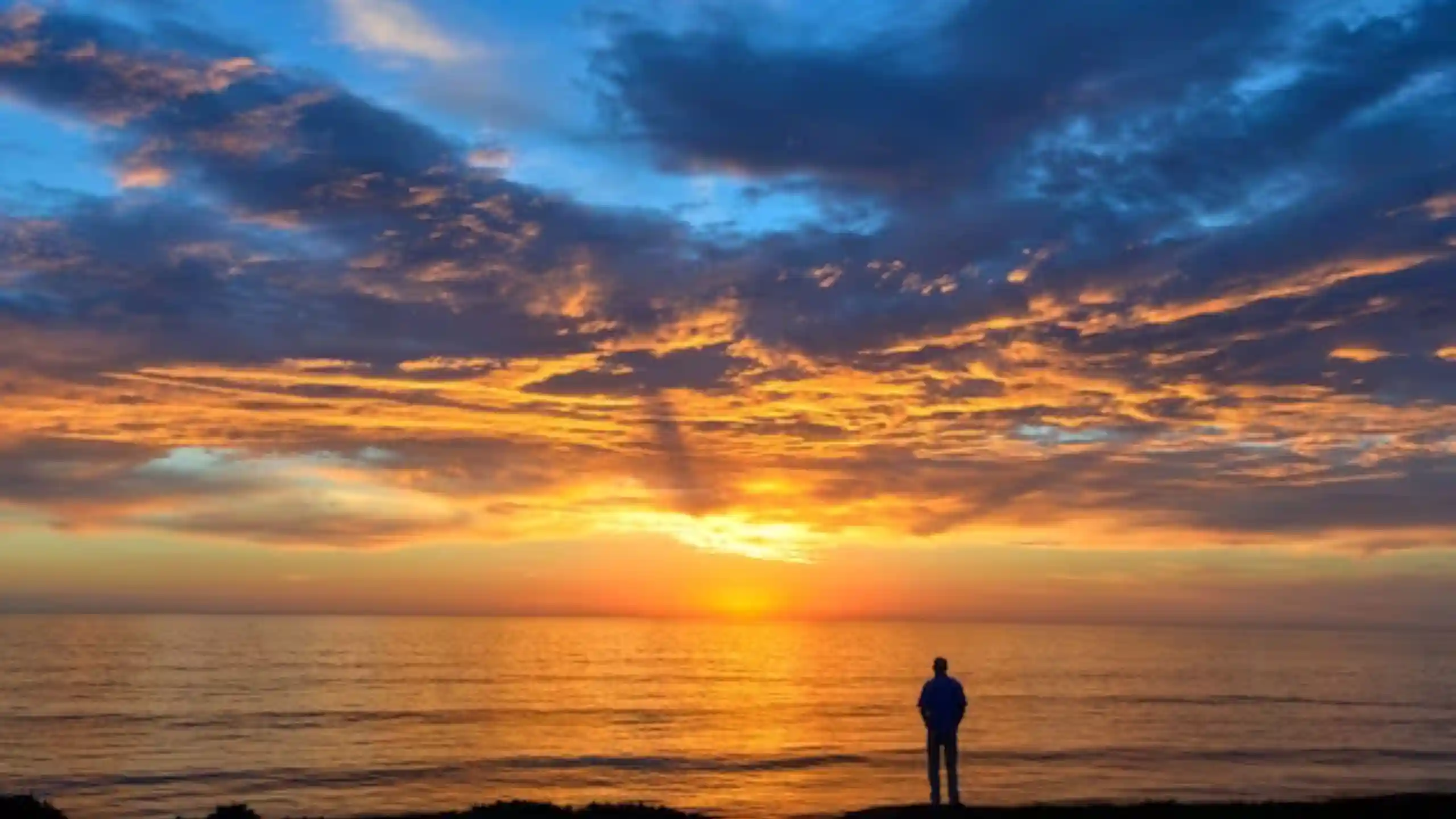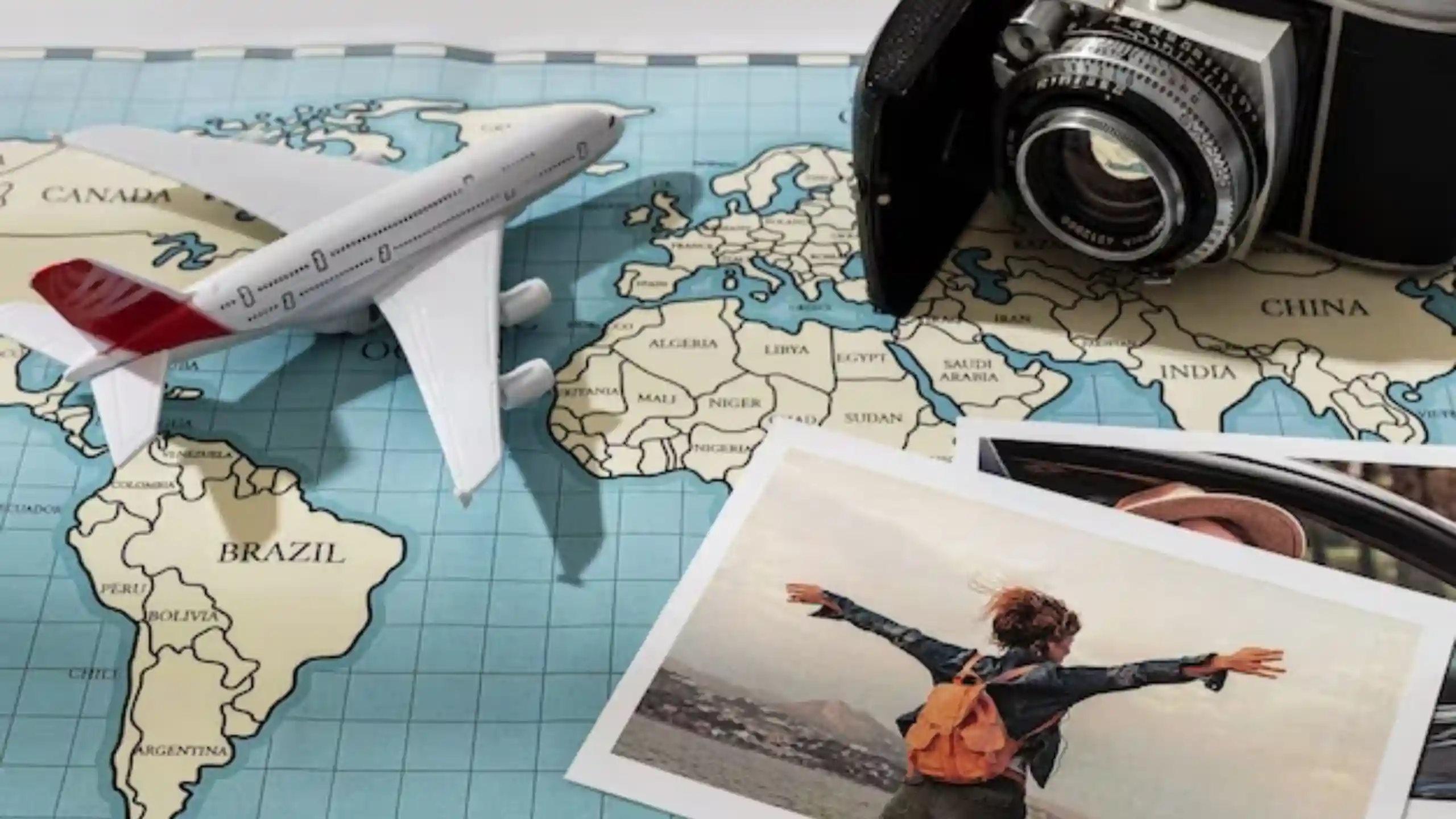The Power of Visual Storytelling in Travel Photography
Table of Contents
Toggle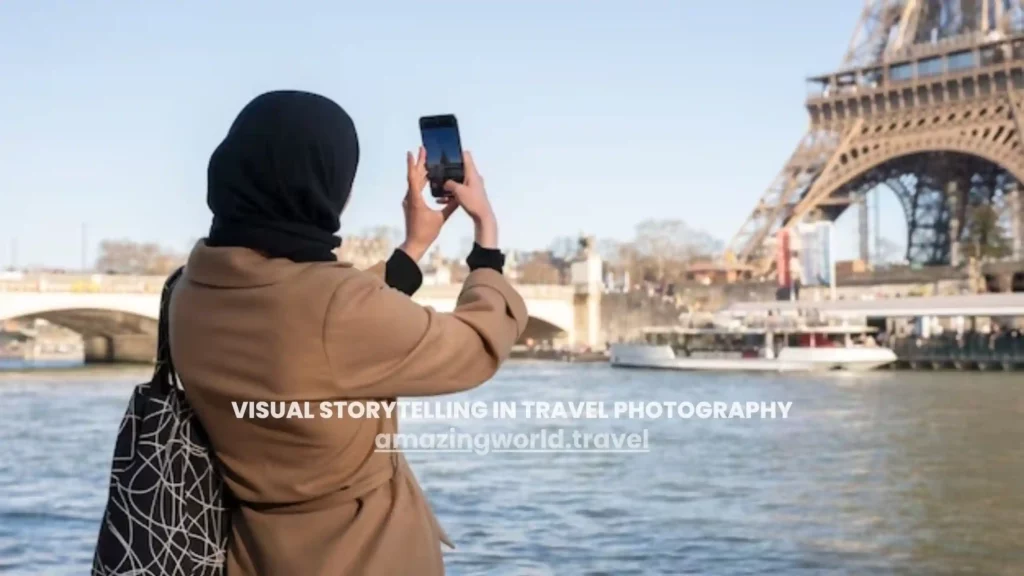
Embark on a captivating journey where pixels paint tales and snapshots that hold the essence of distant lands. Welcome to the world of “The Power of Visual Storytelling in Travel Photography” – where lenses transform into narrative tools, and every click whispers the untold stories of the world.
In this digital age of wanderlust and curiosity, the allure of the uncharted is heightened by the images that breathe life into destinations. Get ready to explore how these vivid visuals do more than just capture moments; they weave narratives that transcend borders and ignite the spirit of exploration.
As globetrotters and armchair travelers alike, we find ourselves drawn to photographs that speak a universal language – the language of wanderlust. In this quest, the keyword “The Power of Visual Storytelling in Travel Photography” becomes our guiding star. Join us as we delve into the art, the techniques, and the sheer magic behind capturing not just sights, but stories.
Through this lens, we’ll navigate the realms of culture, emotion, and authenticity. We’ll discover how a well-composed shot can invite us to stroll down bustling alleyways, sit by tranquil shores, and marvel at architectural wonders. But it’s not just about the destinations; it’s about the people, the moments, and the feelings that reverberate through each frame.
The Power of Visual Storytelling in Travel Photography
Visual storytelling transcends language barriers and captures the essence of destinations in a way that words often struggle to. By artfully weaving together images, photographers can create a narrative that invites viewers to step into the frame and experience the journey firsthand.
The Power of Visual Storytelling in Travel Photography lies in its ability to convey emotions, cultural nuances, and the unique character of each place.
Crafting a Compelling Narrative
Every photograph taken during a travel expedition contributes to a larger narrative. The art of sequencing these images is crucial in crafting a compelling story. It’s about selecting the right angles, compositions, and moments that align with the overarching theme of the journey.
From bustling markets to serene landscapes, every shot adds a layer to the narrative, enhancing the viewer’s connection with the destination.
Invoking Wanderlust
A well-told visual story doesn’t just showcase a place; it evokes wanderlust in its purest form. Through skillful photography, even the most remote and unfamiliar locations can become aspirational.
The interplay of colors, the dance of light and shadow, and the raw authenticity of the scenes beckon travelers to embark on their own adventures. It’s this very aspiration that feeds the desire to explore new horizons.
Beyond the Postcard Perspective
Visual storytelling in travel photography delves beyond the glossy postcard perspective. It captures the unscripted moments – the wrinkled faces that tell tales of wisdom, the vibrant street scenes that reflect daily life, and the breathtaking landscapes that leave us humbled. These images collectively create a holistic view of a destination, allowing us to connect with its multifaceted identity.
Establishing Emotional Connections
A photograph has the power to elicit emotions, whether it’s nostalgia for a place once visited or the yearning to explore new territories. Visual storytelling fuels these emotional connections by freezing moments in time.
A candid shot of a bustling café captures the spirit of camaraderie, while a tranquil seascape evokes a sense of serenity. Such emotions form the crux of travel experiences, and photography serves as the bridge.
The Role of Composition
Composition is the language through which visual stories speak to the audience. The arrangement of elements within the frame guides the viewer’s gaze, emphasizing focal points and conveying a narrative hierarchy. From the rule of thirds to leading lines, each compositional technique adds depth and meaning to the visual tale.
The Power of Visual Storytelling in Travel Photography lies not just in capturing moments, but in orchestrating them into a harmonious symphony.
Lighting as the Brushstroke of Mood
Lighting plays a pivotal role in setting the mood of a photograph. The soft glow of sunrise imparts a sense of hope and new beginnings, while the golden hour casts a warm and nostalgic hue. On the other hand, the dramatic interplay of light and shadow during the blue hour can lend an air of mystery. Visual storytelling relies on mastering the art of utilizing light to convey the desired emotions.
The Fusion of Cultures and Stories
Travel photography is a tapestry woven from the threads of diverse cultures and stories. Each destination carries a unique narrative, a fusion of history, traditions, and contemporary life.
Visual storytelling brings these narratives to the forefront, allowing us to witness the human experience across borders. From bustling markets to tranquil temples, every photograph contributes to this global mosaic.
Preserving Memories
Memories, fleeting as they are, find eternal refuge in visual stories. Photographs become tangible tokens of experiences, frozen in time. The Power of Visual Storytelling in Travel Photography is underscored by its ability to immortalize moments that might otherwise fade away.
A photograph of a quaint alleyway or a candid street performance carries the essence of a journey, ready to be revisited at any moment.
Embracing Serendipity
While planning is essential, some of the most captivating travel photographs are born out of serendipity. The unexpected moments, the chance encounters, and the spontaneous interactions often result in the most authentic stories. Visual storytelling thrives on embracing these unplanned junctures, adding an element of unpredictability to the narrative.
Capturing Culinary Journeys
No travel experience is complete without indulging in the local cuisine. Visual storytelling extends its prowess to capturing the gastronomic journey. From vibrant street food markets to exquisite fine dining, each dish tells a tale of culture, tradition, and the art of savoring life. These photographs not only tantalize taste buds but also transport viewers to the heart of culinary traditions.
The Ethical Lens
Visual storytelling comes with a responsibility to portray destinations and cultures ethically. Photographers wield the power to shape perceptions, and it’s essential to do so with respect and accuracy. Sensitivity to cultural norms, seeking consent from subjects, and avoiding misrepresentation are imperative to maintain the integrity of visual narratives.
Conservation and Awareness
Beyond aesthetics, visual storytelling in travel photography can serve as a tool for conservation and awareness. By highlighting environmental issues, cultural preservation efforts, and societal challenges, these visuals amplify the need for responsible travel.
The Power of Visual Storytelling in Travel Photography extends to shedding light on the intricacies of the world we explore.
Conclusion
The Power of Visual Storytelling in Travel Photography is a harmonious blend of art, culture, and human experiences. Through this lens, photographers become storytellers, narrating tales that transcend time and space.
From invoking wanderlust to fostering cultural understanding, each photograph contributes to the collective narrative of our diverse world.
So, as you embark on your own photographic journeys, remember that every frame holds the potential to weave a captivating story that resonates with hearts around the globe.
How much did you like Our detailed Visual Storytelling in Travel Photography? Review Also, please share these Blogs with your friends on social media.
Related Article –
- Road Trips Ideas | 12 Tips to Prepare Your Car for a Long Road Trip?
- 150 Best Places to Visit in the United States In 2023
- Road Trip With Kids
- How to Stay Awake While Driving Long Distances
- Audiobooks to Listen to On Your Road Trip
- How to Create an Epic Itinerary Road Trip
- Best Rental Cars For Travel Adventures
Visual Storytelling in Travel Photography FAQs
How can I improve my storytelling skills as a travel photographer?
Enhancing your storytelling skills involves immersing yourself in the art of photography and narrative creation. Practice observing scenes from different angles, experiment with compositions and aim to capture the essence of the moment. Engage with photography forums, workshops, and critiques to receive constructive feedback and insights.
What equipment is essential for impactful travel photography?
While high-end equipment can enhance the quality of your shots, it’s not the sole determinant of impactful travel photography. A camera body with manual settings, a versatile lens, a sturdy tripod, and an understanding of lighting and composition are key. Remember, the best camera is the one you have with you.
How can I convey cultural authenticity through my photographs?
To convey cultural authenticity, immerse yourself in the local way of life. Interact with the residents, participate in cultural events, and show genuine interest in their traditions. Capture candid moments that reflect daily routines and emotions. Avoid staged shots and prioritize capturing genuine expressions and interactions.
What role does post-processing play in visual storytelling?
Post-processing is the digital darkroom where you fine-tune your narrative. It allows you to enhance colors, adjust exposure, and emphasize key elements. However, moderation is key – strive for enhancements that maintain the authenticity of the scene. Post-processing should complement the story rather than overshadow it.
How can I balance between experiencing the moment and capturing it?
Achieving a balance between experiencing the moment and capturing it requires practice and mindfulness. Dedicate specific periods to photography while allowing yourself to immerse fully in other moments. Be present in the experience, and when you do pick up your camera, it will be an extension of your emotions rather than a barrier.
What are some effective ways to share my visual stories?
Social media platforms, photography blogs, and personal websites are excellent avenues to share your visual stories. Craft engaging captions that provide context, emotions, or insights related to the photograph. Engage with your audience, respond to comments, and consider organizing virtual exhibitions or collaborations with fellow photographers.

Meet David Hoper, a passionate travel Blog writer with 7+ years of experience in travel content. Through his exemplary storytelling and engaging narratives, he shares his experiences and brings destinations to life. With a keen eye for detail and a love for exploration, he has cultivated a diverse portfolio of travel blogs that inspire and inform readers worldwide.


